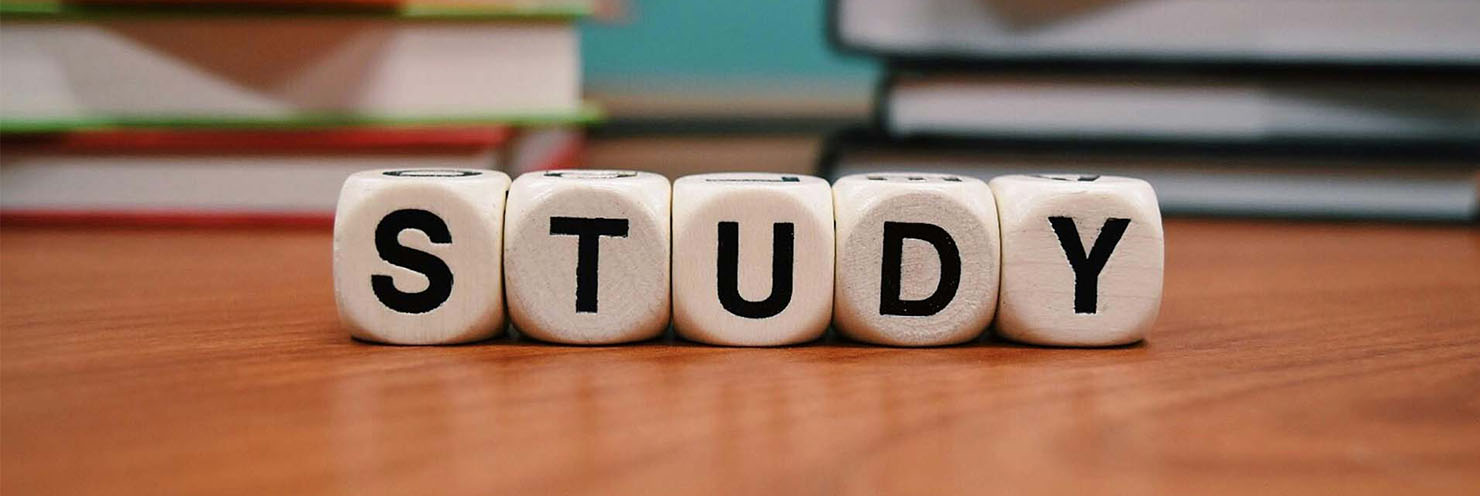
A Level Product Design
Get insights into the curriculum we offer, discover the topics and skills you’ll learn with us and find out why this is a great subject to study with us

Do you want to make the world a better place for consumers? Are you often critical of products on the market, believing you could have designed them better? Have you ever pondered what makes a product remain appealing to consumers over time? If you’re intrigued by these questions, Product Design might just be the perfect field for you. This subject is not only inspiring and rigorous but also highly practical, making it ideal for those with a creative bent.
Product Design as an academic discipline offers a fascinating blend of creativity and practical application. This qualification equips students with the necessary practical skills, extensive theoretical knowledge, and the confidence to excel in various careers, particularly within the creative industries. The curriculum is meticulously crafted, focusing on consumer products and their applications. It includes detailed analyses of different materials and components, understanding their properties, and evaluating their marketability. Students learn to appreciate the intricacies of product development, from the drawing board to the marketplace, exploring how products are ideated, developed, and manufactured to meet consumer needs and succeed in competitive markets. This comprehensive approach prepares students not only to design but also to innovate and improve products that impact daily life and advance industry standards.
Entry requirements: Grade 5 in GCSE Product Design or GCSE Art
Course content
The course is designed to teach students to initiate design solutions and develop, test and trial working models and prototypes. Develop and sustain imagination, innovation and flair when working with concepts and material. Develop an understanding of contemporary design and technological practices and consider the uses and effects of new technologies and modern materials. Develop thinking skills, financial capability, and enterprise and entrepreneurial skills. During the two-year course, you will study a range of materials. You will develop a technical understanding of how products function and how they are made to appropriately support the design and manufacture of your own design solutions. You will learn about wider design principles and the effect of design on users and the world we live in. You will identify market needs and opportunities for new products, initiate and develop design solutions, and make and test prototypes/products.
Assessment
1. Technical Principles: 2 hours and 30 minutes (written paper) – 120 marks, 30% of A-level
2. Designing & Making Principles: 1 hour and 30 minutes (written paper) – 80 marks, 20% of A – level
3. Design Portfolio: Non–exam assessment (NEA) – 100 marks, 50% of A – level
What you can do next?
This qualification can lead to a variety of different career pathways, including product design, engineering and architecture. It could also form part of your route into university, especially if you wish to pursue a subject like Engineering:Some students progress to taking advanced apprenticeships with local companies or gain employment directly in the technology and engineering sector in their local area.